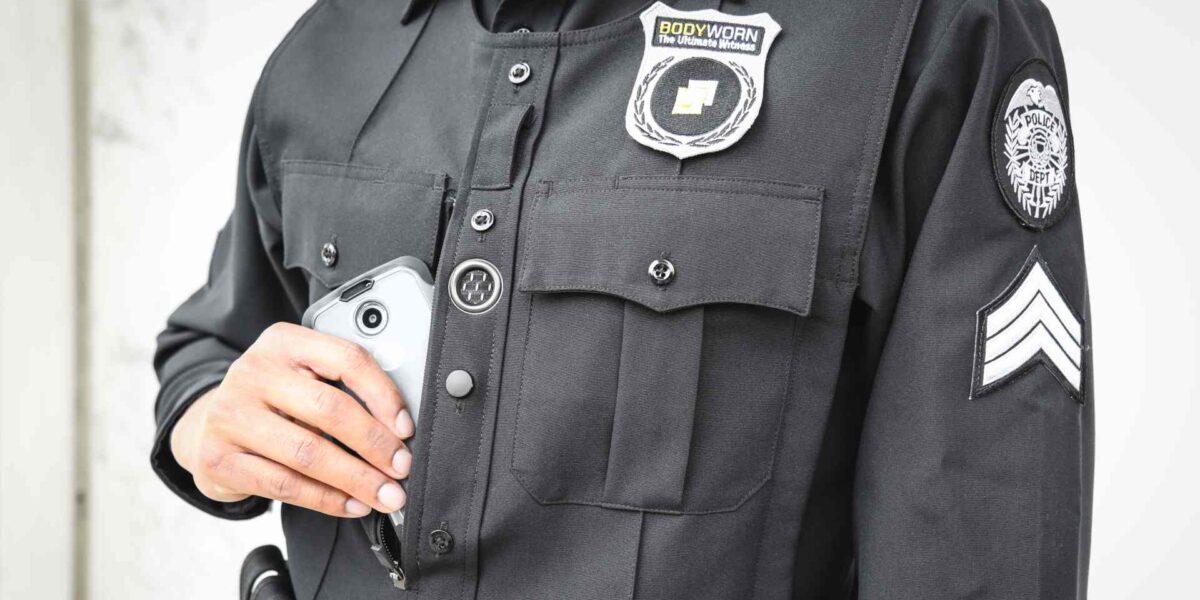In June 2023, the Toronto Police Service (TPS) conducted its internal annual audit of its body-worn camera (BWC) program following its full scale roll out across frontline officers in 2022. The results of the audit have been made public through a Freedom of Information request obtained by CBC Radio-Canada.
The audit reveals some troublesome findings concerning officer compliance issues that include officers who were unjustified in not activating their body cameras, obstructing the camera lens, muting the audio, and switching cameras off prior to the end of an encounter.
In the audit, it is noted that “in many instances, it could not be determined if muting was used appropriately.”
Among the most concerning findings are that some officers were found to have engaged in these unjustified practices during use of force incidents.
Toronto police have suggested that compliance issues occurred because officers were still learning how to use the devices. However, unjustifiably switching off a camera, obstructing a lens, and so on, is suggestive of malfeasance, not a learning error.
According to the TPS, body cameras are “an investment in transparent and accountable policing services.” The audit findings suggest otherwise.
The BWC audit sampled 254 total recordings (90 calls for service, 90 non-calls, and 74 use of force incidents). In 21 circumstances or eight per cent of videos reviewed, body cameras were determined to have been unjustifiably not activated. In the 74 use of force videos reviewed, it was found that officers failed to activate their cameras prior to the encounter in 26 per cent of incidents (these were considered justified). Six of these (eight per cent of use of force cases) were deemed not justified.
Other unjustified use of force compliance issues included six times that the lens was obstructed, eight times the device was muted, and eight times the camera was switched off early.
Most body camera footage is never actually seen let alone reviewed.
The 254 recordings reviewed in the TPS audit represent a small sample of total footage, so we do not actually know how many use of force incidents were unjustifiably not recorded, obstructed, or muted.
In 2020, then-interim police chief James Ramar said: “Body-worn cameras are one tool we can use to create trust and legitimacy between officers and the public.” The findings from the audit raise serious doubts about creating trust and legitimacy if TPS officers are not correctly recording their interactions with the public, especially during use of force incidents.
And, what about transparency? Officers obscured, muted, and failed to activate their cameras and the BWC audit only became public knowledge because of a freedom of information request. These actions are the opposite of transparency.
Furthermore, what we do not see in the audit are the disciplinary measures or training steps taken for officers found to have improperly used their body cameras. Which brings up concerns about accountability.
The audit reveals that officers violated BWC policies. Yet there is no discussion in the audit about accountability measures taken for non-compliance and violation of procedures. So we are left uncertain about corrective measures taken by the TPS.
Perhaps what this audit reveals more than anything else is that the public cannot have the police service auditing themselves with this technology, especially if the public expects transparency and accountability of police actions to come from body cameras.
Some cities in the US have conducted audits on their police department’s BWC program and found issues in need of correction. Police services have been held to account to respond and improve their use and compliance with this technology by municipalities and the community. Having outside and non-partisan scrutiny of a BWC program is common sense for transparency.
At a minimum, an independent third-party auditor is necessary to ensure body cameras remain a worthwhile investment in transparent and accountable policing services in Toronto.



